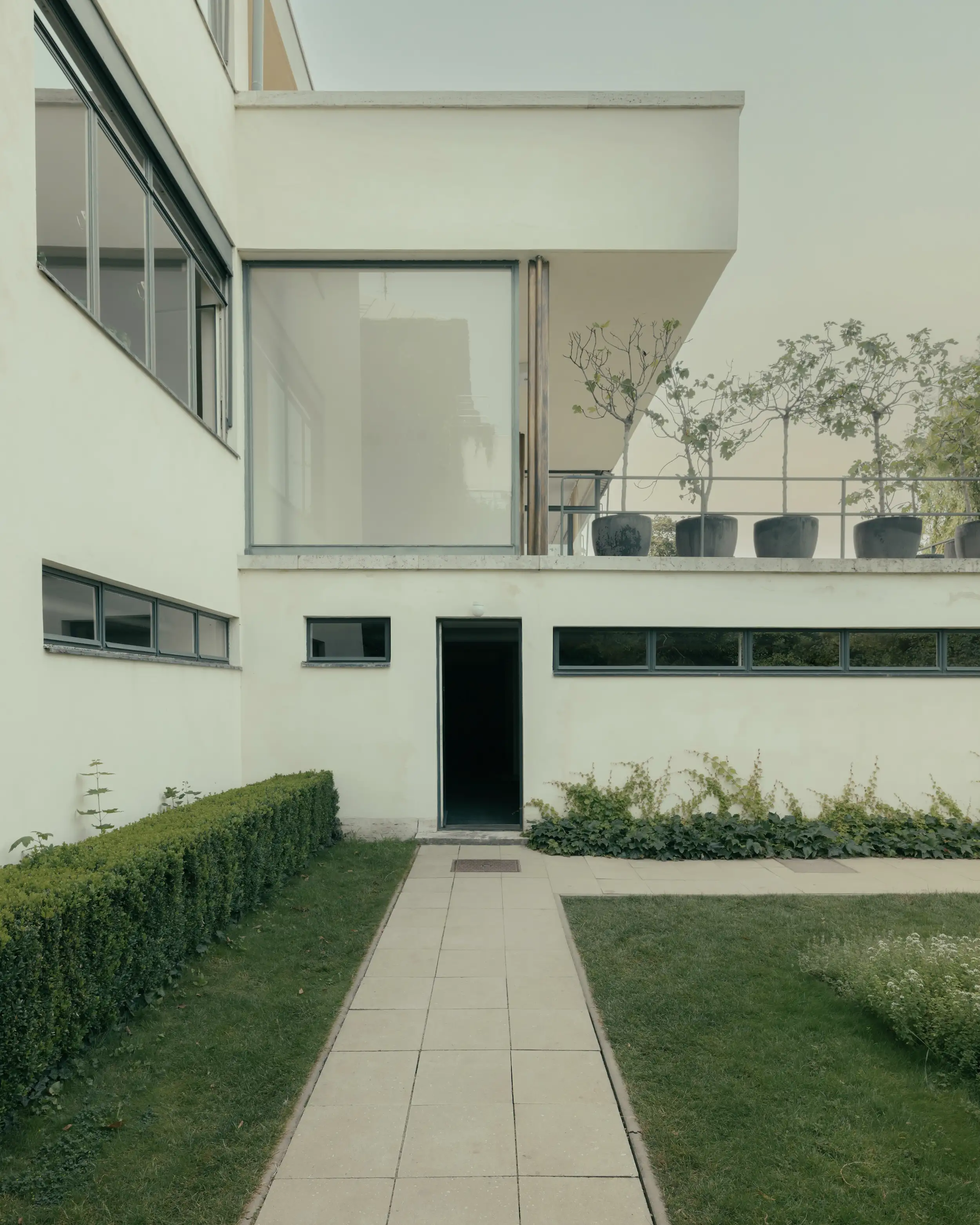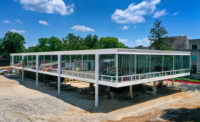Knoll Reissues Mies van der Rohe’s Tugendhat Chair

The Mies Van der Rohe–designed Tugendhat Chair at his Tugendhat Villa, Brno, Czech Republic. Photo courtesy Knoll

Photo courtesy Knoll

Photo courtesy Knoll

Photo courtesy Knoll

Photo courtesy Knoll

Photo courtesy Knoll






Architects & Firms
Unlike the Barcelona Chair, a mainstay of Knoll’s collection for decades, the Tugendhat Chair, also designed by Ludwig Mies van der Rohe in 1929, had been out of production since 1979 until the announcement this month by the American furniture maker, part of MillerKnoll, that it has reissued the cushioned, cantilevering seat.

The Tugendhat Villa, Brno, Czech Republic. Photo courtesy Knoll
Like the Barcelona Chair, the Tugendhat Chair was designed for a building. The three-story Tugendhat Villa was completed on the heels of the Barcelona Pavilion in 1930. Built on a steeply sloping site overlooking the Czech city of Brno, the residence, for the young Tugendhat family, adapted the spatial conception of the Barcelona Pavilion to a domestic program. Considered a gesamtkunstwerk, or total work of art, the architecture, interiors, furnishings, and grounds—a UNESCO World Heritage Site since 2001—were designed by Mies in collaboration with Lilly Reich specifically for the project. The chair and house share a material language dominated by chrome, and dramatic cantilevers of horizontal planes are reflected in both the villa’s position on a hillside and the chair’s cantilevered base, which gives it a little bounce—a clear difference between this piece of furniture and the Barcelona Chair’s fixed stance.


Photos courtesy Knoll
Between 2010 and 2012 the Tugendhat Villa, the only example of modern architecture in the Czech Republic inscribed in the list of UNESCO World Cultural Heritage sites, underwent renovation work, during which both the structure and the adjoining gardens were restored to their original appearance. The interiors were equipped with exact replicas of the original furnishings. In speaking about commissioning Mies for the house, Grete Tugendhat said, “I truly longed for a modern spacious house with clear and simple shapes.”

Photo courtesy Knoll









